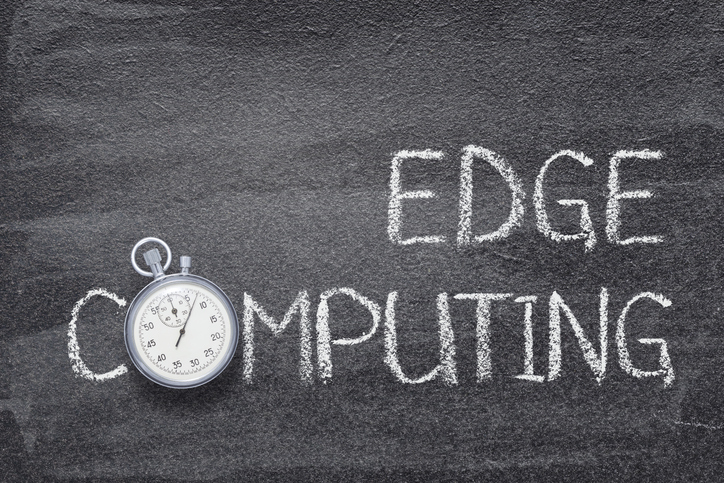Life on The Edge – The Benefits of Edge Computing
In the first of the “Living on the Edge” blog series we discussed the challenges faced by organisations embracing IoT and similar technologies. These barriers are not insurmountable – and the benefits for doing so are considerable. In this second instalment we outline some of the reasons why your business should be investing in edge […]
Life on The Edge – The Benefits of Edge Computing Read More »


